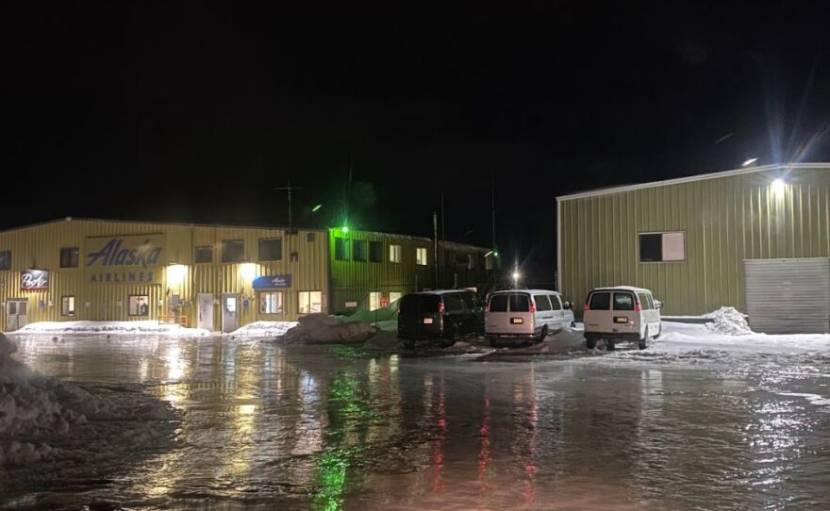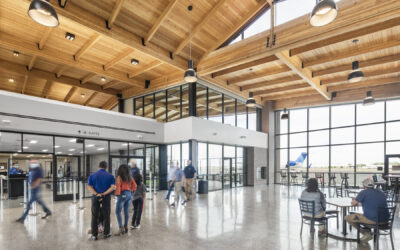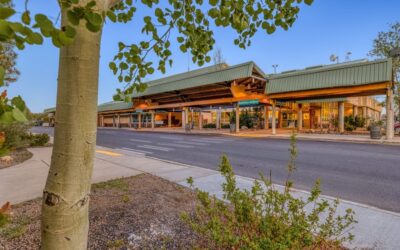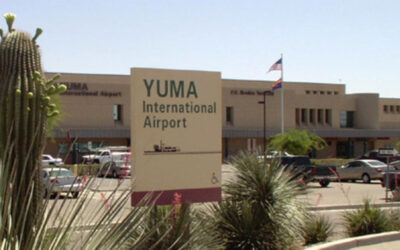Dillingham Airport (IATA code DLG, ICAO code PADL, FAA LID DLG) is a critical regional aviation hub linking southwest Alaska’s productive Bristol Bay fishery region with the rest of the state. Owned by the State of Alaska Department of Transportation, Dillingham Airport provides key transportation infrastructure enabling the area’s commercial salmon fishing and processing industries along with general aviation and air cargo connections.
In this in-depth guide, we explore everything from Dillingham Airport’s facilities, operations, air service and crucial economic role powering Alaska’s most lucrative sockeye salmon fishery located in the Bay prized for its exceptional size and quality yields.
Strategic Location Supporting Alaska’s Legendary Sockeye Runs
Dillingham Airport serves as the gateway to Alaska’s Bristol Bay region, home to the largest sockeye salmon fishery in the world. Every summer over 40 million fish return to the bay’s pristine waters and productive ecosystem, attracting thousands of commercial fishermen.
Just 327 miles southwest from Anchorage situated along the Nushagak River near Bristol Bay’s Wood River System, Dillingham Airport provides essential transport access and cargo infrastructure enabling the summer salmon harvest worth over half a billion dollars that supplies much of the world’s wild sockeye.
Dillingham Airport TImeline & Bristol Bay History
In 1927 pioneering aviator Ben Eielson chose the site of today’s airport for an emergency landing while surveying Alaskan airmail routes, recognizing Dillingham’s potential as an aviation center. With the growth of commercial salmon fisheries through the mid-20th century, the need for reliable Dillingham air access became apparent.
In 1942 the Civil Aeronautics Authority built the Dillingham Airfield with two gravel runways at the location of Eielson’s earlier landing. Over the following decades, incremental upgrades and paving reflected growing usage. In the 1980s-90s, major expansions and a new terminal confirmed Dillingham Airport as the aviation nexus linking Alaska’s massive Bristol Bay fishing grounds to global seafood markets.
Inside Dillingham Airport Facilities & Operations
As southwest Alaska’s key transportation hub, Dillingham Airport facilities include a 6,400 foot paved runway able to land Boeing 737 passenger jets alongside substantial cargo infrastructure to transport millions of pounds of seafood shipments worldwide annually.
The airport terminal handles passenger check-in, baggage handling and waiting areas for its three resident Alaska Airlines daily jet flights while Friar Aviation operates a fleet of cargo aircraft. Fuel storage, aircraft rescue, firefighting services and around-the-clock operations teams support 24/7 functionality enabling Dillingham Airport to handle over 55,000 takeoffs and landings yearly despite extreme weather challenges.
Airlines Serving Dillingham Airport
Despite Dillingham’s relatively small 4,000 person population in town, airport passenger and cargo volumes reflect the greater airport service area encompassing the entire Bristol Bay region’s fishing and processing activities.
Alaska Airlines operates year-round passenger service on Boeing 737 jets connecting Dillingham with Anchorage and other destinations. Numerous charter services provide summer passenger flights catering to fishermen and tourists. On the cargo side, airlines like Northern Air Cargo, Lynden Transport plus local carriers transport millions of pounds of fresh Bristol Bay salmon to markets worldwide.
Economic Impacts & Significance
As the essential transportation bridge linking Bristol Bay’s bountiful sockeye fishery to global consumers, Dillingham Airport fills a crucial role generating outsized economic impacts. Every summer the airport handles inbound traffic ferrying some 10,000 seasonal fishing workers and transports up to 50 million pounds of fresh salmon out of the region.
This cargo consists largely of headed and gutted frozen sockeye along with some other salmon species ultimately destined for restaurants and retailers mostly across the U.S. This bounty represents over $300 million first wholesale value that multiplies through the entire seafood distribution chain. Additionally, local aircraft maintenance facilities and other airport-related enterprises contribute year-round economic activity, with Dillingham Airport generating hundreds of jobs.
Investing in Tomorrow’s Growth
Current initiatives underway including nearly $70 million allocated for planned airport upgrades will expand cargo handling capacity enabling Dillingham Airport to meet forecasted rising Bristol Bay salmon production over the coming decades. Surging global demand for wild premium salmon sources like those sustainably supported by Bristol Bay’s pristine ecosystem translate into bright prospects for continued air transport infrastructure investments.
From its early bush plane days transforming into today’s modern jet operations, Dillingham Airport has grown alongside Bristol Bay’s fisheries. Meeting future challenges serving Alaska’s sockeye salmon capital cements Dillingham Airport’s essential transportation role powering this thriving renewable natural resource “gold mine”.







0 Comments